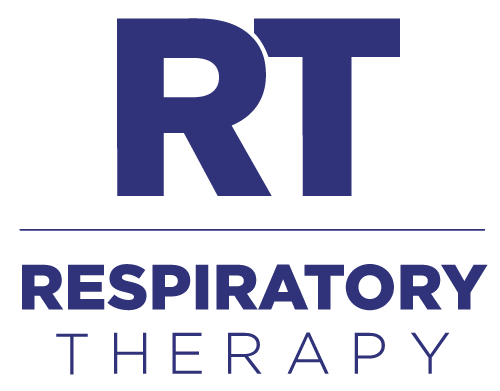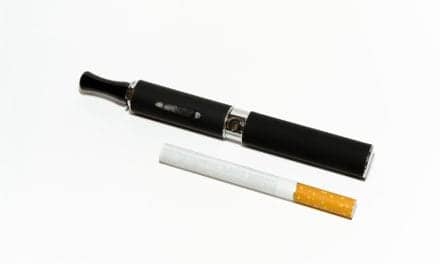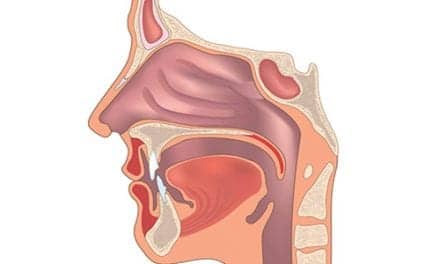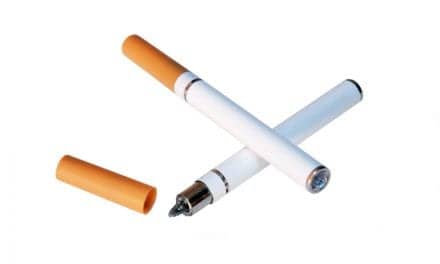Researchers at the Johns Hopkins Children’s Center have found that indoor air cleaners can greatly reduce household air pollution and lower the rates of daytime asthma symptoms to those achieved with certain anti-inflammatory asthma drugs in children who have asthma and live with smokers. Although the air cleaners improved the overall air quality in homes, they did not reduce air nicotine levels and did not counter all ill effects of second-hand smoke, according to the study which appears in the Archives of Pediatrics & Adolescent Medicine.
Despite the findings, the researchers counsel parents to implement a total ban on indoor smoking and use air cleaners only as a temporary tool as they work to achieve a smoke-free household.
For 6 months, the researchers followed 115 children, ages 6 to 12 years, who lived in homes where one or more caregivers smoked. Each one of the 41 households received two free-standing air cleaners plugged into the bedroom and living room. Another one-third of the homes got air cleaners plus at-home health education by a nurse on the dangers of second-hand smoke, and the other third got neither but were given air cleaners at the end of the study.
The researchers measured air nicotine levels and air particulate matter—microscopic bits of smoke, soil, pollen, dust, and spores usually floating around in the air before air cleaner installation and 6 months later. They also compared asthma symptoms and cotinine—the biological marker of nicotine found in the urine—between children living in homes with and without air cleaners.
The overall air quality in homes with air cleaners showed a nearly 50% drop in levels of particulate matter, although the air never reached the quality of smoke-free homes. Homes that received both air cleaners and visits by health coaches did not achieve better air quality than homes that got air cleaners alone. The levels of air nicotine and urine cotinine remained the similar in all children, regardless of air cleaner use in the home.
The study also found that children living in homes with air cleaners had considerably more days without coughing, wheezing, or difficulty breathing compared with children living in homes without air cleaners. Based on the rate of symptom reduction observed in the study, the researchers estimate that a child with asthma living in a home with indoor filtration would, on average, have 33 more symptom-free days per year compared with a child living in a smoking household without indoor filtration. The number of symptom-free days made possible by the air cleaners, according to the researchers, was nearly the same as the number achieved with the use of a type of anti-inflammatory asthma drug in another study.
Because smoking is a main contributor to indoor air pollution, the researchers recommend the use of air cleaners even in smoke-free homes if they are part of a multi-family dwelling in which second-hand smoke can easily seep in from surrounding units.
Source: Johns Hopkins Medicine









